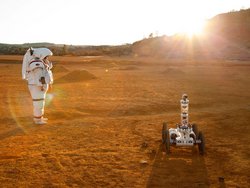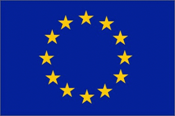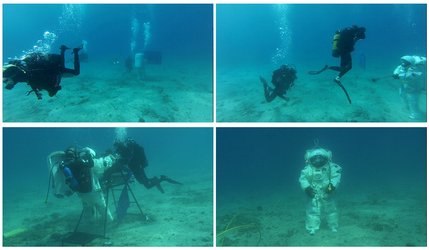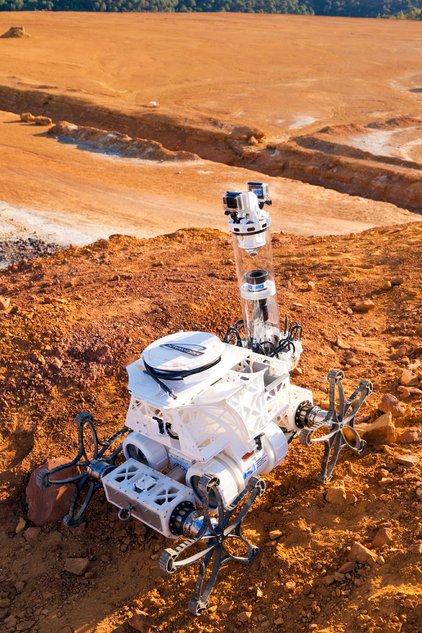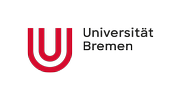Moonwalk
Technologies and Human-Robot Collaboration for Surface EVA Exploration Activities and Training in European Analogue Environments
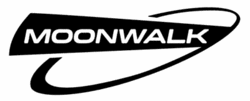
The objective of this project is the development and test of future technologies for missions to the Moon or Mars. MOONWALK will focus on the support for Astronauts by robots during activities related to the exploration of planetary surfaces (Mars, Moon). The control of robots in space is non-trivial because astronauts are limited in their movements by a bulky spacesuit and the missing or reduced gravity. Moonwalk develops new, practical methods for the interaction between astronauts and robots. These methods will be tested in earth-analogue missions that simulate low gravitiy (underwater mission in Marseille, France) and harsh environmental conditions (desert landscape in Rio Tinto, Spain).
| Duration: | 01.09.2013 till 31.08.2016 |
| Donee: | German Research Center for Artificial Intelligence GmbH |
| Sponsor: | European Union |
| Grant number: | The project MOONWALK is financed by the EC Program SPA.2013.2.1-02 under the contract number 607346. |
| Partner: | COMEX, EADS, LIQUIFER Systems Group (LSG), Space Application Services (SAS), NTNU Centre for Interdisciplinary Research in Space, Instituto Nacional de Técnica Aeroespacial (INTA) |
| Application Field: |
Space Robotics
Underwater Robotics |
| Related Robots: |
YEMO 1.1
Semi Autonomous Micro Rover for Underwater Applications
|
Project details
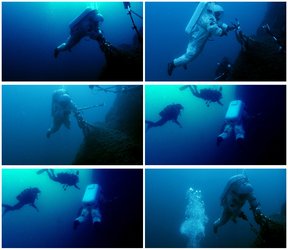
In earth-analogue simulations of missions to Moon and Mars, one of the challenges is the simulation of operational constraints such as the reduced gravity or the communication delay between the astronauts and mission control on Earth.
Two analogue simulations are planned in MOONWALK to simulate some of the conditions that astronauts will encounter during future extravehicular activities (EVA) on planetary surfaces: The project will conduct simulations offshore the coast of the French city of Marseille, where an EVA on the lunar surface under reduced gravity will be performed. A second simulation will be conducted in the Spanish desert region of Rio Tinto, where operations are focusing on exobiological sampling and sampling procedures under extreme environmental conditions.
In both trials, the astronaut will wear a simulation spacesuit that recreates the properties of a real pressurized spacesuit. The focus of the trials will be on the testing of communication and cooperation between an astronaut and a robotic helper.
Seven partner organizations will bring in their expertise: The DFKI Robotics Innovation Center in Bremen (Project Coordinator), COMEX in France (technical coordination), EADS in Great Britain, LIQUIFER Systems Group in Austria, Space Application Services in Belgium, NTNU Centre for Interdisciplinary Research in Space in Norway and the Instituto Nacional de Técnica Aeroespacial (INTA) in Spain.
The US space agency NASA is an associate partner in the project.
Videos
MOONWALK: YEMO 1.1 during the earth analogue simulations
The project MOONWALK concluded with two earth analogue simulations, one a desert area in Spain and the other on underwater offshore the coast of Marseille. The video shows the amphibious rover YEMO 1.1 in action during the trials, including the novel gesture control interface. This allows the astronaut to control the rover with the movements of his arm.
MOONWALK: First sea trials with YEMO 1.0
First functional tests of the new amphibious rover YEMO in the Mediterranean Sea where conducted near Vulcano Island in June 2015. The video shows the rover’s mobility underwater and the advantages of a 360 degree panoramic camera.
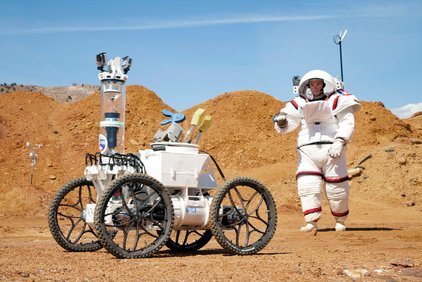
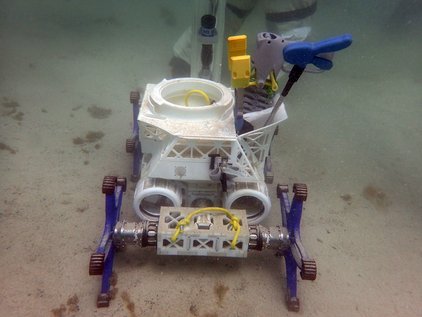
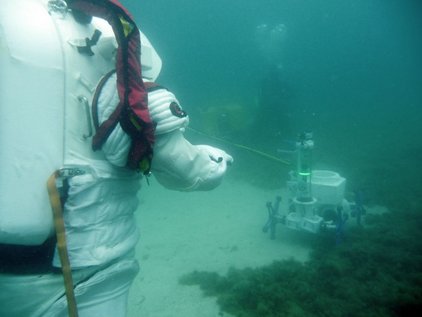
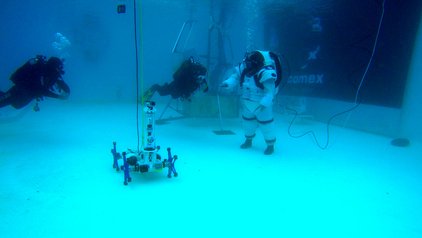
Bildergalerie
